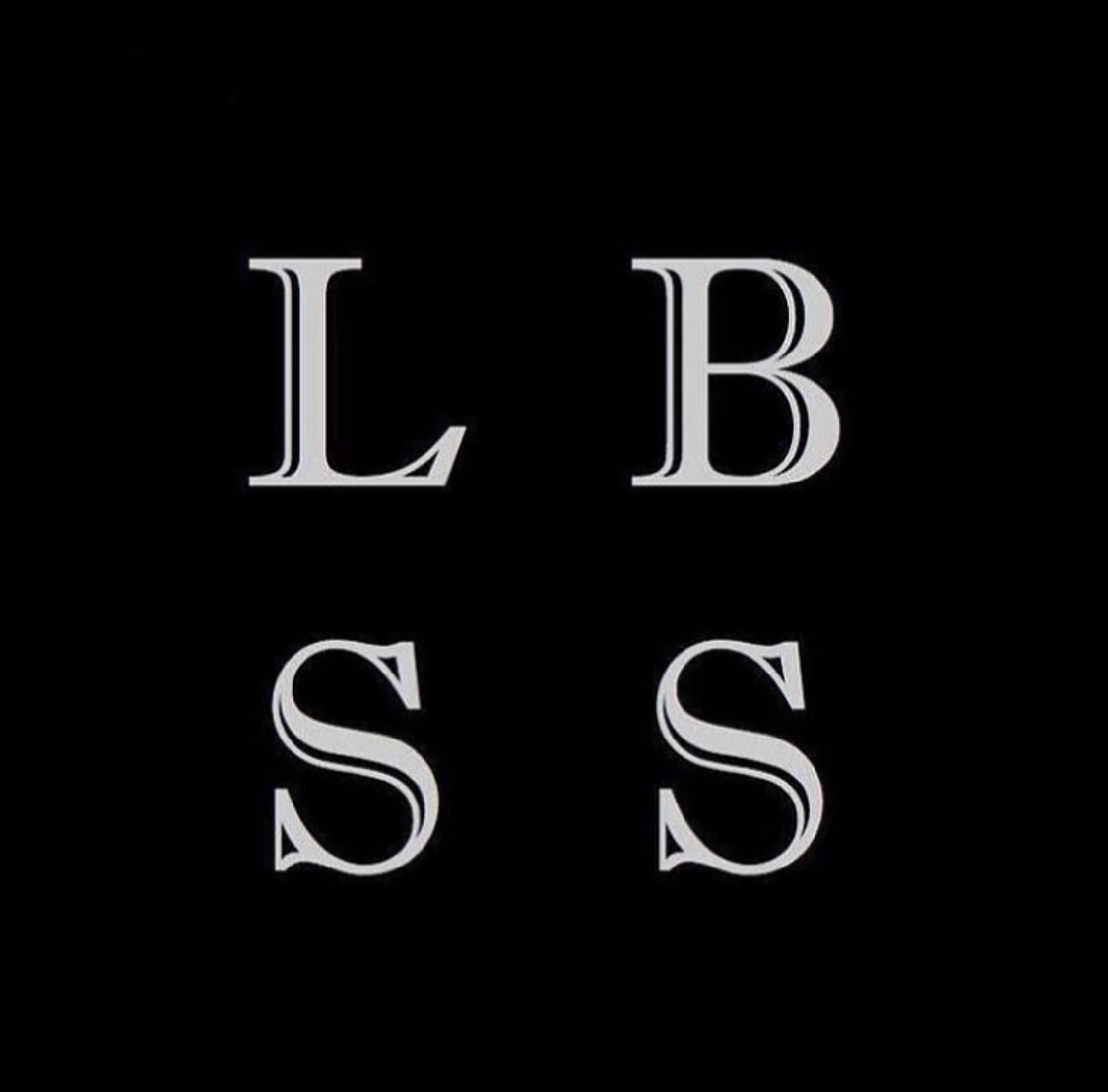On November 2nd, 2021 an announcement was made that surprised everyone in the automotive world. Legendary, revered century-old luxury carmaker Bugatti, which has created some of the most iconic cars the world has seen, will in the future join forces with the only decade-old electric Croatian manufacturer Rimac Automobili. The new joint venture, called Bugatti Rimac, will see the founder of Rimac, Mate Rimac, lead the company as CEO as the joint venture will be housed under the Rimac Group, being the largest stakeholder with 55%. Porsche is also involved in this deal owning 45% of the shares of Rimac Group and they will be playing a strong role as a strategic and technical partner.
This joint venture is looking to be a powerful matchup for the future on the basis of Bugatti’s cult status with products that are second-to-none, the iconic brand image and global sales and customer network while Rimac’s strengths are its rapid technological innovation in the form of advanced batteries, ultrafast software and forward-thinking nature.
One might wonder, however, why the Volkswagen Group is willing to sell more than 50% of the shares of such an iconic and valuable brand. The reason is that the automotive giant now wants all resources to be devoted towards the massive investment needed concerning the future of the automobile in the form of electrification, digitalization and autonomous driving. As a result, Bugatti does not fit as well anymore into the VW brand lineup and thus it has indirectly disconnected itself from the hypercar producer by moving and selling the shares to Porsche and Rimac respectively. VW would rather increase its involvement with a company like Rimac which could provide it with a large competitive advantage in the future with its stellar EV technology.
It will be exciting to see in which direction the new joint venture will go especially in terms of propulsion technology, though hybrid is most plausible considering both brands sit at polar opposites with Rimac being purely electric and Bugatti using solely combustion engines. Nevertheless, the two brands will continue to exist as independent brands, develop separate products and be able to keep their individual brand images, simply now housed under the new joint venture.
